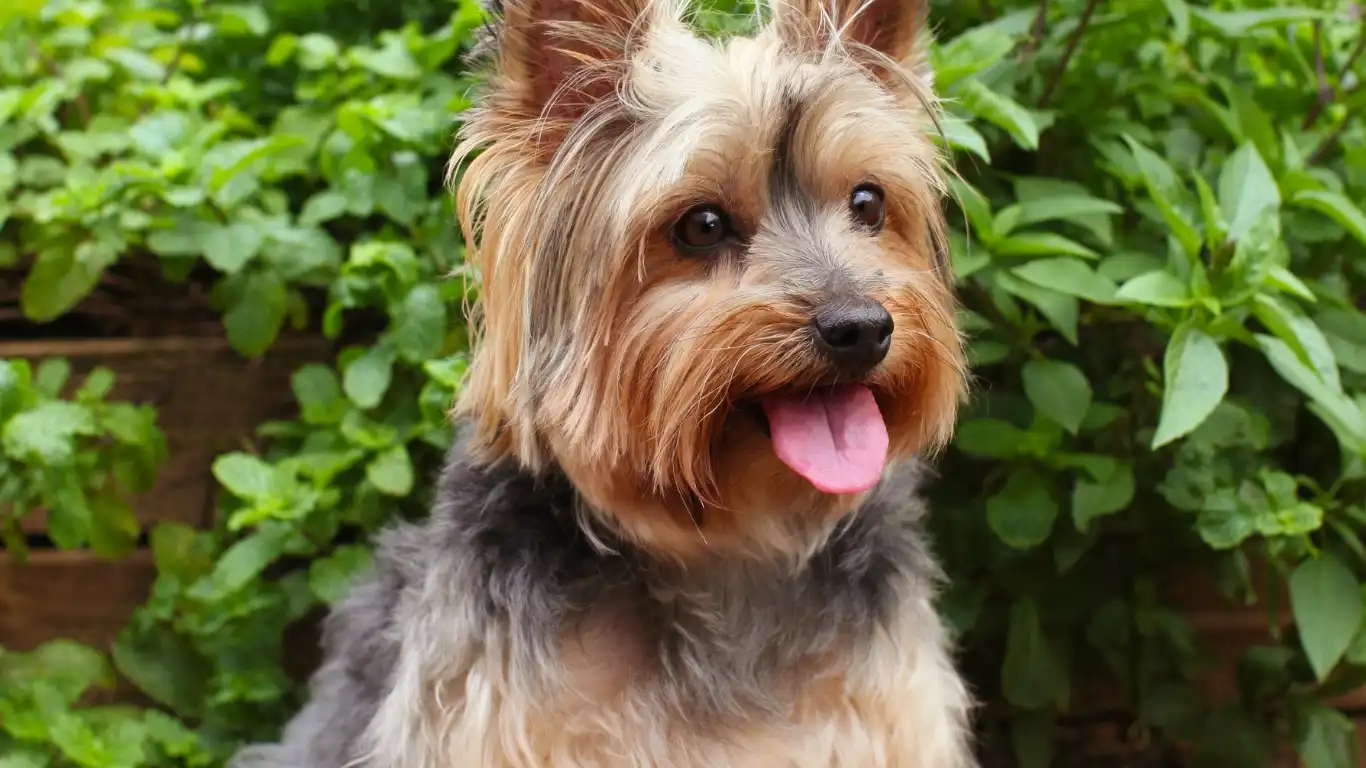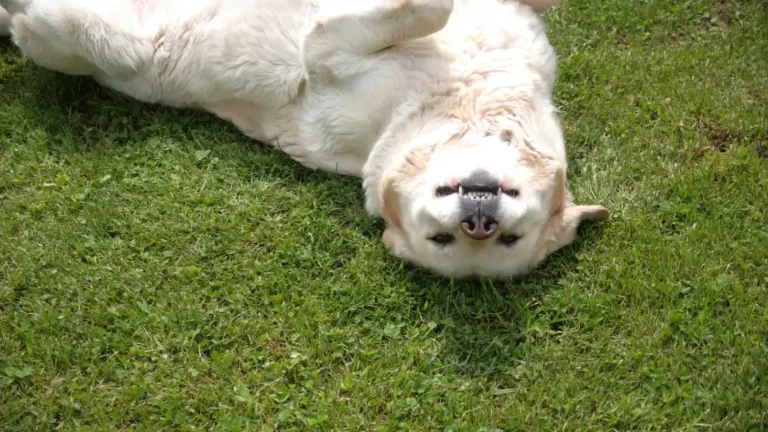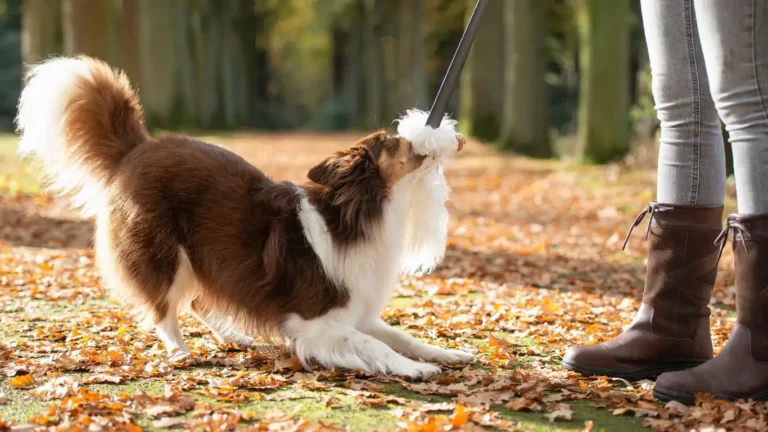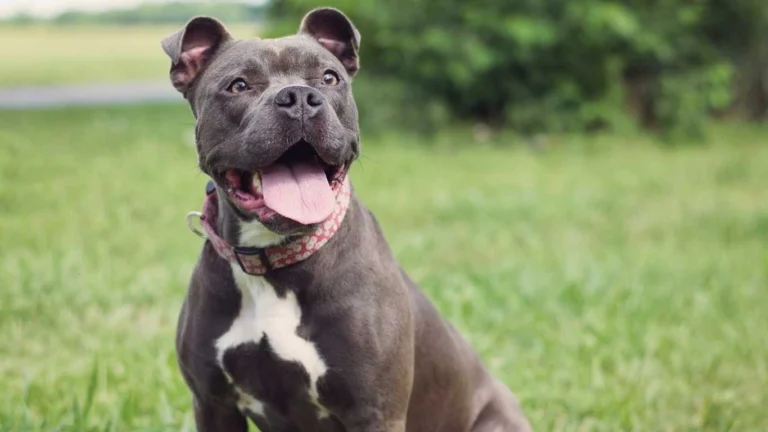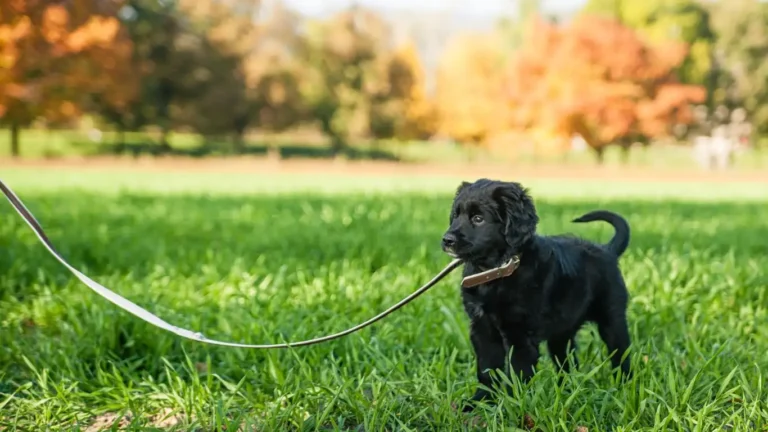How to Provide Mental Enrichment for Dogs Daily: Easy Tips That Work Wonders
If you’ve ever caught your dog staring off into space, pacing around, or chewing something they definitely shouldn’t be chewing (yep, the corner of the couch again), there’s a good chance they’re bored. And as a Vet Tech specializing in pet nutrition, I can tell you—it’s not just about physical health. Mental well-being plays a huge role too. That’s why learning how to provide mental enrichment for dogs daily is one of the best things we can do as pet parents. And no, it doesn’t have to be complicated or expensive. Trust me, I’ve helped plenty of pet parents work this into even the busiest routines.
Why Mental Enrichment Matters More Than You Think
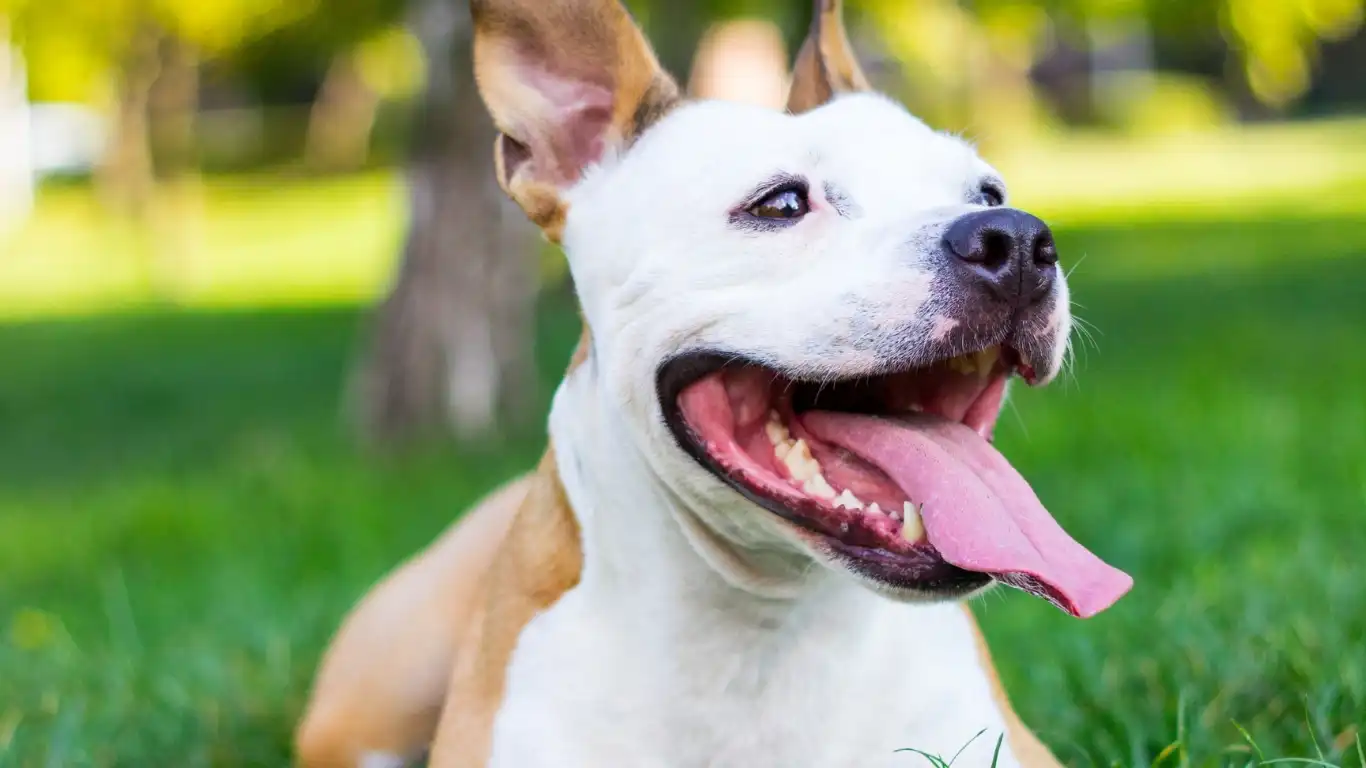
We often focus so much on a dog’s physical health—nutrition (which I’m all about!), vaccinations, exercise—that mental stimulation gets pushed to the side. But here’s the thing: dogs are intelligent, emotionally driven animals. Without mental challenges, they can become anxious, depressed, or just plain destructive.
One of my clients had a high-energy Aussie mix who was getting plenty of walks and a premium diet… yet still chewed up everything in sight. We added just 15 minutes of daily brain games, and within a week, he was calmer, more focused, and—bonus—his digestion even improved. That’s the magic of enrichment.
Brain Work Is Energy Work
Have you ever noticed how your dog crashes after a short training session or a puzzle toy challenge? Mental work is exhausting in the best way. Just like us, dogs need to “think” in order to stay balanced. Mental exercise can actually tire out your pup more than a long walk sometimes. I recommend combining both for optimal results.
Simple Ways to Add Mental Enrichment to Daily Life
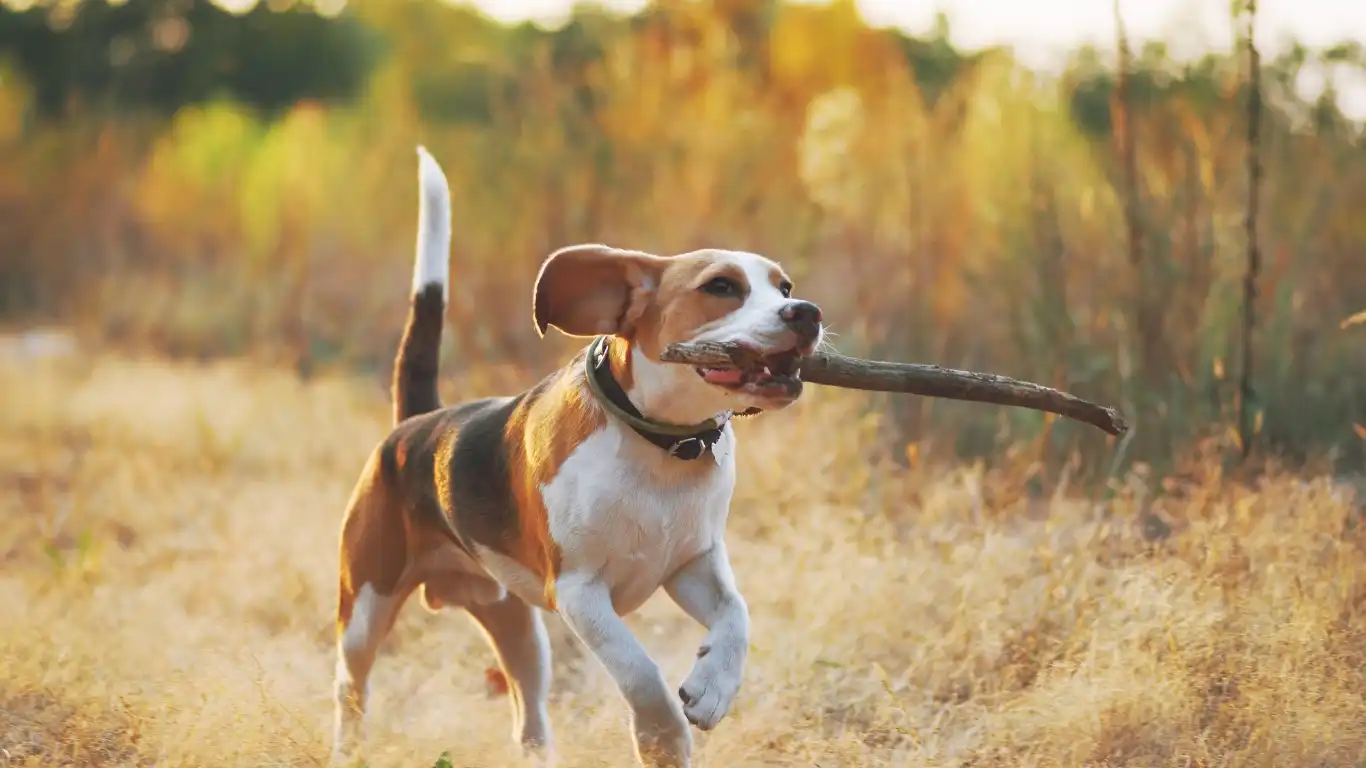
1. Mealtime Makeovers
This is one of my favorite tricks, especially since I work closely with nutrition plans. Instead of just dumping kibble in a bowl, turn meals into an activity:
- Use puzzle feeders – These slow down eating and engage problem-solving skills.
- Scatter feeding – Toss kibble across a safe area and let your pup sniff it out.
- Stuffed toys or Kongs – Freeze them for an extra challenge. Just be sure what you stuff inside supports their diet plan.
2. Teach a New Trick (Even a Silly One)
Dogs never stop learning, and even basic commands can be turned into fun, enriching games. I usually recommend starting with something lighthearted like “spin,” “high five,” or “touch.” The process of learning boosts their confidence and keeps their mind sharp.
Here’s a pro tip: keep sessions short (5–10 minutes) and upbeat. And always end on a win—even if it’s just a good attempt. Training is bonding time, too, not just obedience work.
3. The Power of the Sniff
Letting your dog sniff during walks isn’t just a “dog thing”—it’s vital mental enrichment. Their noses are crazy powerful (think 100,000 times more sensitive than ours), and sniffing actually lowers their heart rate. So, slow down, let them investigate that bush or hydrant. Trust me, this counts as brain work.
Interactive Toys That Actually Work
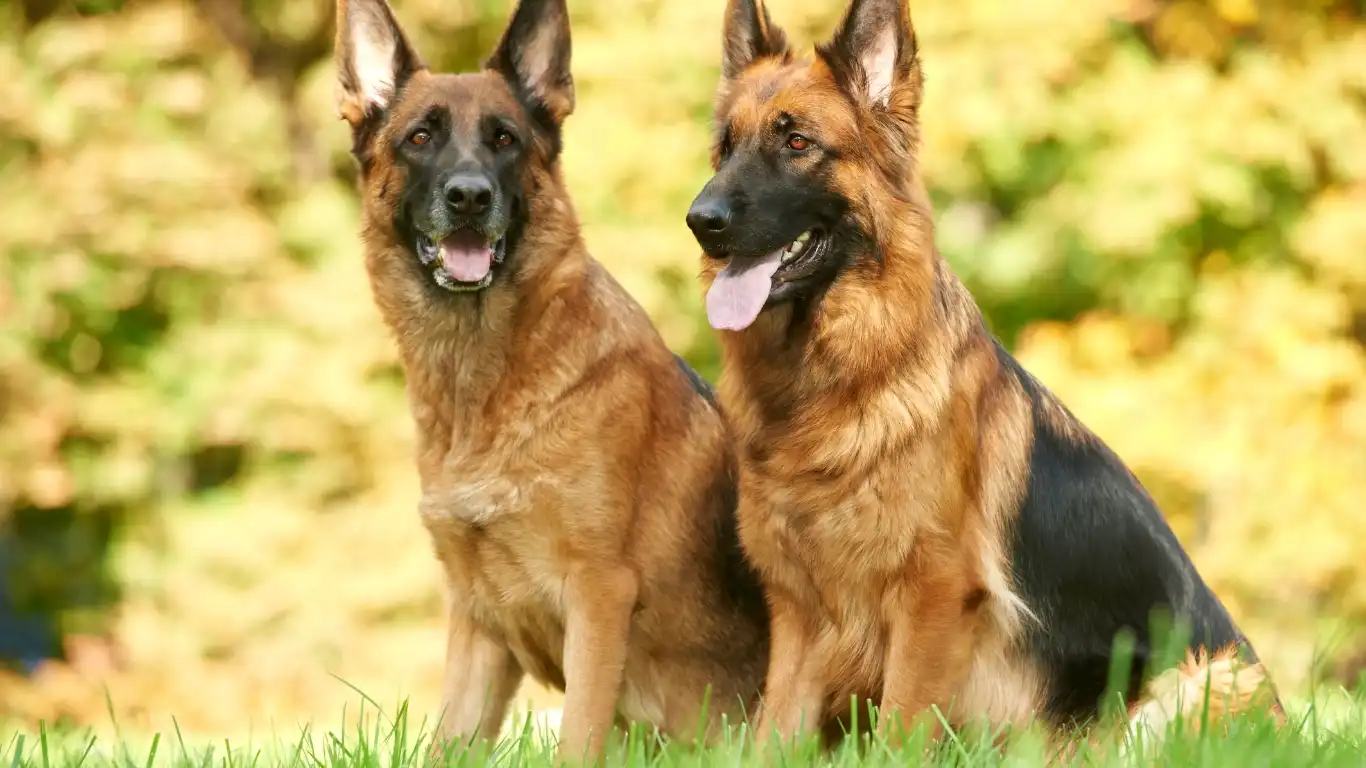
I’ve tested loads of toys with patients and my own dogs. Here’s what consistently delivers results—not just five minutes of interest and then back to chewing your shoes:
- Treat-dispensing puzzle balls – Make them work for snacks and add variety by rotating the treats inside.
- Snuffle mats – These mimic foraging and are a total hit with scent-driven breeds.
- Hide-and-seek plush toys – Like those cute little squirrels in a log. Simple, but dogs go wild for them.
Quick note from experience: Always supervise your dog the first few times with a new toy. Not all dogs use them as intended, and safety comes first.
Social Time Is Brain Time
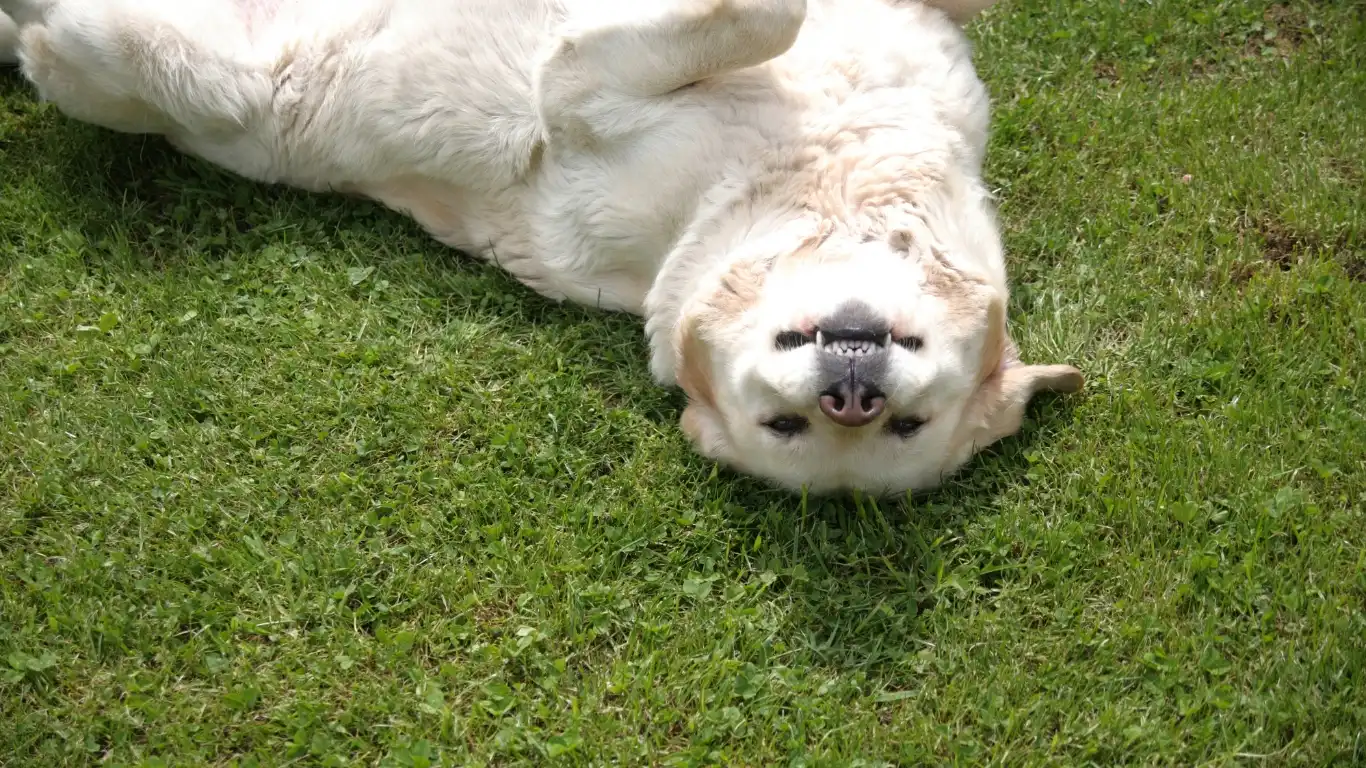
One of the most overlooked ways to provide mental stimulation? Good ol’ social interaction. And no, I don’t just mean with other dogs (although that helps too). Your dog craves connection—with you, other humans, and their furry pals.
I had a sweet senior Beagle patient, Max, who used to be super mellow, even a little sluggish. Once his family started setting up short meetups with a neighbor’s dog—just 10–15 minutes at a time—Max perked up. He started engaging more at home, and even his appetite improved. Mental enrichment isn’t always flashy toys; sometimes, it’s simply good company.
Doggy Playdates & Group Classes
If your dog enjoys the company of other pups, doggy playdates can be a great enrichment outlet. Just make sure it’s a good personality match—shy dogs can get overwhelmed easily. Group obedience or agility classes are another winner. They’re structured, challenging, and social. Plus, you might pick up some training tips yourself (I always learn something new watching other trainers work).
Make the Most of Your Environment
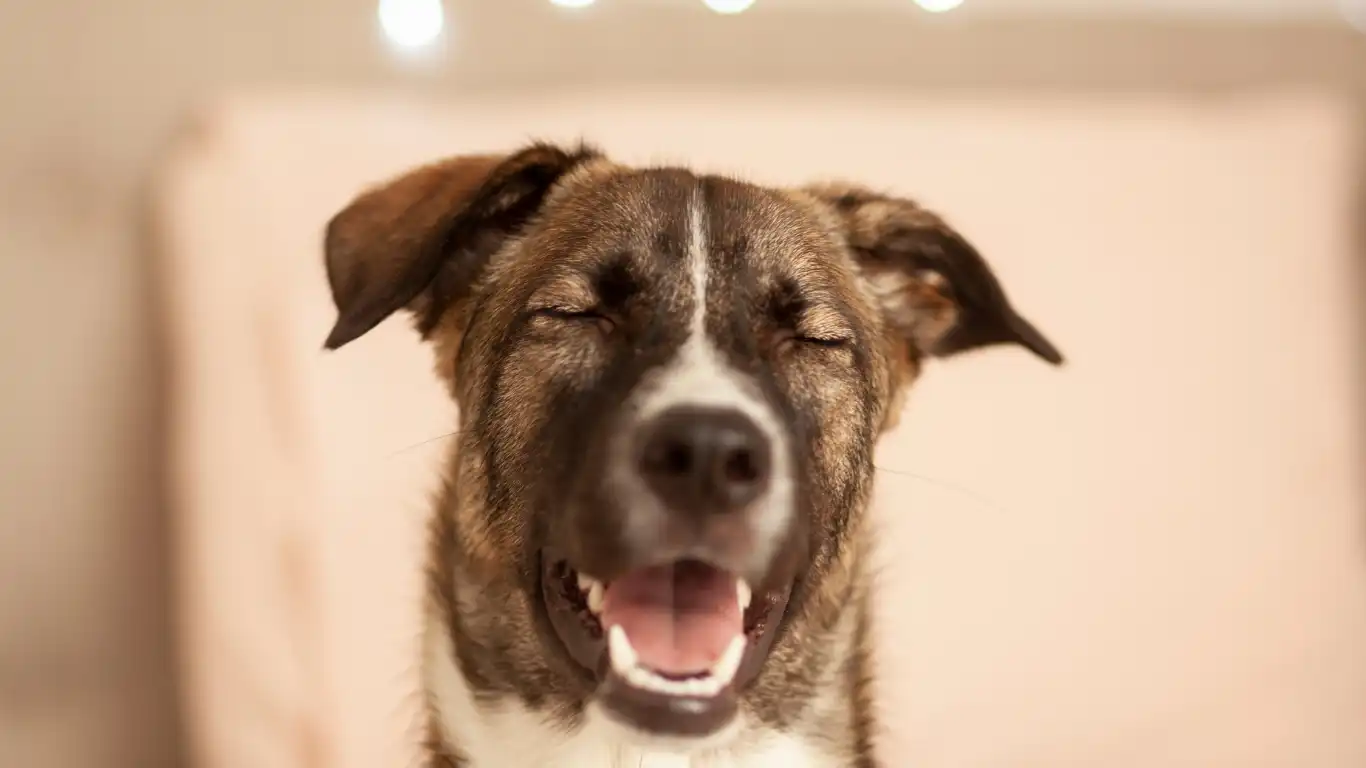
You don’t need a fancy backyard or custom obstacle course to create a mentally rich environment. Honestly, some of the best enrichment tools are free and already around your house.
DIY Enrichment Ideas
- Cardboard box puzzles – Toss some kibble or treats inside and seal it up (tape lightly!). Let them figure it out.
- Blanket burritos – Roll treats or toys into a blanket and let your dog “unwrap” the goodies.
- Room rotations – Change up where your dog spends time during the day. New smells, new sights!
- Obstacle paths – Use cushions, chairs, or broomsticks to create an indoor agility trail. It’s silly, but dogs love it.
My clients with limited mobility often find this super helpful. You can keep your dog mentally active without long walks or park trips. And honestly, it’s kind of fun seeing how creative you can get with random household stuff.
Rotate, Refresh, Repeat
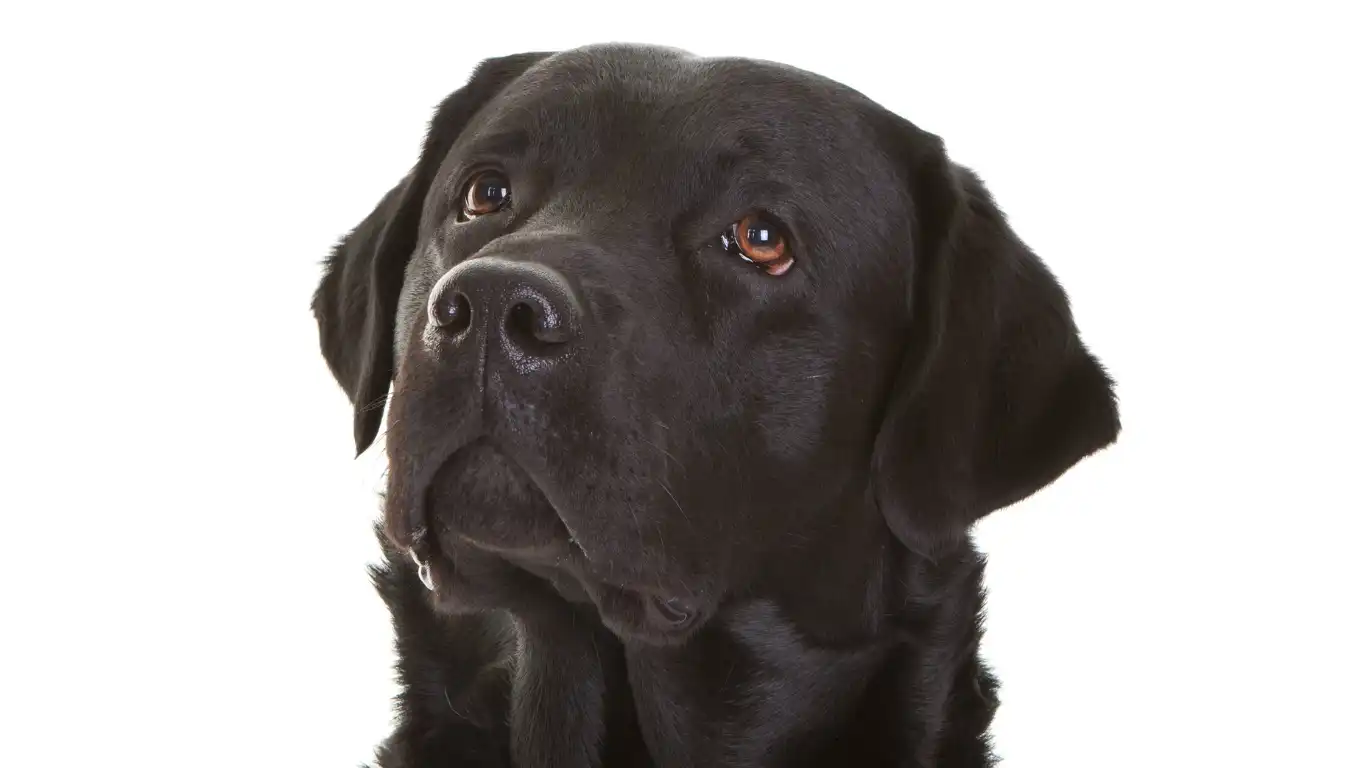
Here’s a little insider trick: don’t give your dog all the toys at once. Just like kids, dogs can get overwhelmed—or bored—when everything’s always available. Instead, create a toy rotation system. Keep a few out at a time and swap them every few days.
This keeps things exciting and gives toys a second life. I’ve had dogs fall back in love with an old toy just because it disappeared for a week. It’s that novelty factor. We’ve used this method in the clinic’s boarding area too—it works wonders for reducing stress.
Keep It Personalized
Remember, not all enrichment is one-size-fits-all. A Border Collie and a Bulldog are going to have very different preferences and energy levels. And that’s okay. Part of learning how to provide mental enrichment for dogs daily is getting to know your dog’s unique personality and adapting accordingly.
If your pup isn’t into puzzle toys, maybe they’ll love hide-and-seek. If they’re not big on other dogs, try people-watching from a park bench together (seriously, it can be surprisingly stimulating for them!).
Enrichment + Nutrition = The Full Picture
Of course, I’d be remiss not to mention how diet plays into mental sharpness. As someone who works on the nutrition side daily, I’ve seen how certain foods can boost focus, reduce anxiety, and even improve a dog’s response to training.
Look for foods rich in omega-3 fatty acids, DHA, and quality protein. And if you’re using treats for enrichment, be mindful of portions. I always tell clients: the best enrichment plans balance mental engagement and nutritional health. Too many fatty treats, and you’ll end up with a whole new issue on your hands.
Try mixing in healthy single-ingredient treats (like freeze-dried liver or even bits of apple) during puzzle sessions. Your dog stays sharp, and their gut stays happy. Win-win.
Consistency Is Key: Making Mental Enrichment Part of Your Routine
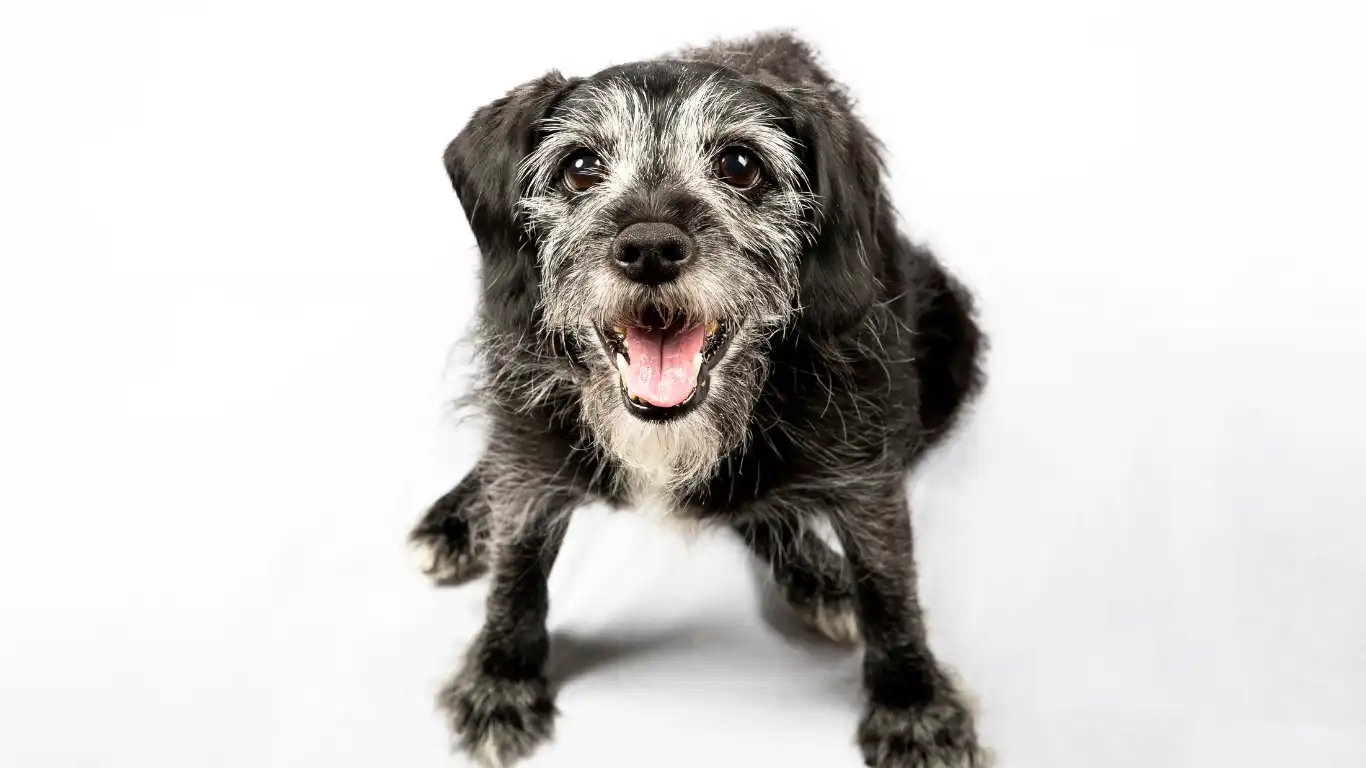
From my years as a Veterinary Technician and Nutrition specialist, one thing I’ve learned is that mental enrichment for dogs daily works best when it’s consistent. It’s not a one-off thing; it’s a lifestyle. I’ve seen dogs thrive when their humans treat brain games, training, and social time like daily meals—non-negotiable and something to look forward to.
Start small if you need to. Even 10 minutes of puzzle toys or a quick training session after dinner can make a big difference. The trick is to keep it predictable enough that your dog knows it’s coming, but also varied enough so it never gets boring.
Personally, I build mental enrichment into my own dog’s daily schedule. Mornings might be a short sniff walk, midday a Kong with some frozen goodies, and evenings spent practicing fun tricks or exploring new places. This balanced approach has made my dog more confident, happier, and healthier overall. It really is a win-win.
Tips for Building Your Dog’s Enrichment Routine
- Schedule it: Just like feeding or walking times, set a regular enrichment “appointment.”
- Mix activities: Rotate between physical exercise, puzzle games, social time, and training to hit all areas of mental engagement.
- Observe and adapt: Watch your dog’s reactions. If something’s not working, tweak it or try something new.
- Include the whole family: Mental enrichment doesn’t have to be a solo gig. Kids and other family members can join the fun and help with games and training.
When to Seek Professional Help
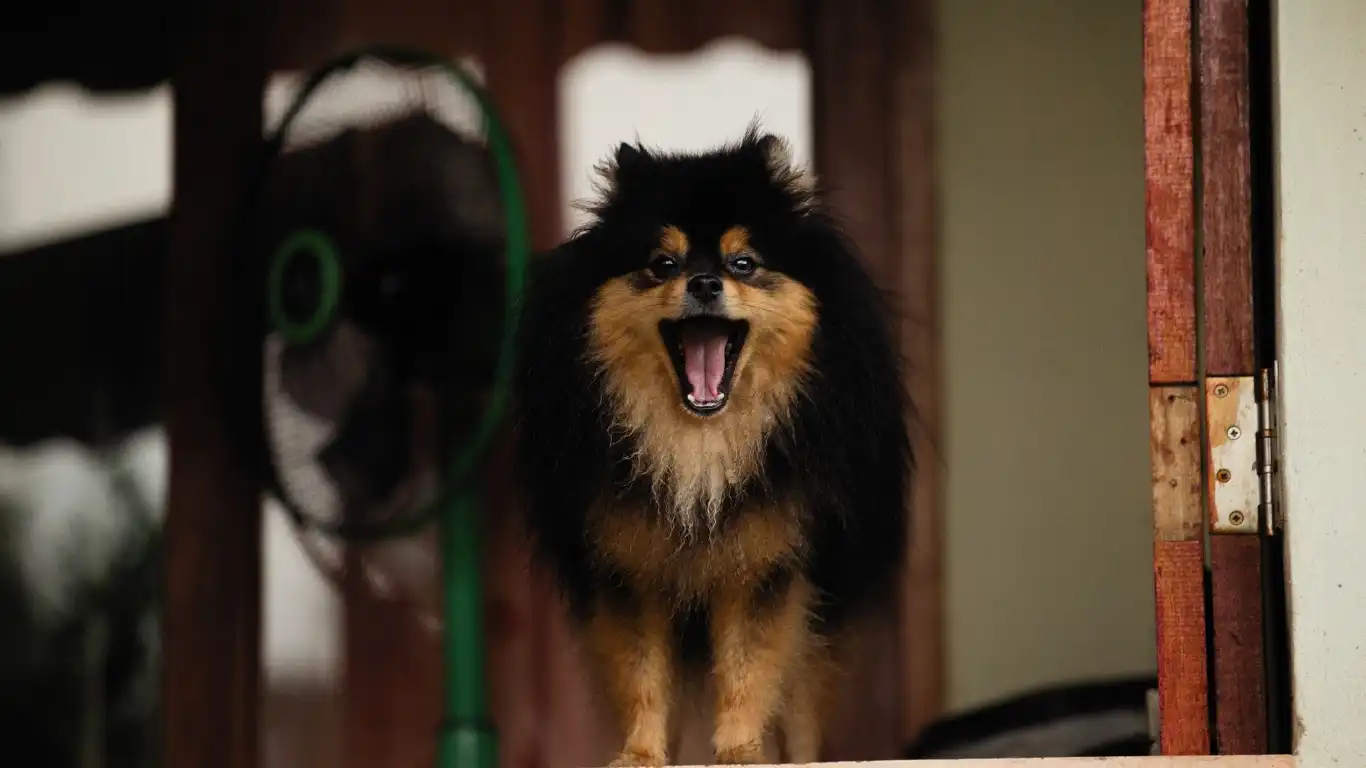
Sometimes, no matter how much enrichment you add, a dog might still show signs of stress, anxiety, or destructive behavior. That’s when consulting a professional is a smart move. Behaviorists and trainers specialize in helping dogs with specific challenges—and can design enrichment plans tailored to their needs.
As a Veterinary Technician, I always encourage pet parents to reach out early. The sooner you address behavioral issues, the easier they usually are to manage. Plus, professionals often work hand-in-hand with vets to rule out medical causes that might affect behavior—something I’ve seen countless times in my clinical experience.
And remember, enrichment isn’t just a fun add-on. For many dogs, especially those with separation anxiety or past trauma, it’s an essential part of their mental health care.
Final Thoughts on How to Provide Mental Enrichment for Dogs Daily
Bringing it all together, daily mental enrichment for your dog is about understanding their needs as a thinking, feeling being. It’s about tapping into what excites them, challenges them, and makes them feel secure. Whether it’s through puzzle toys, social time, training, or simply changing their environment, the goal is to keep their minds active and happy.
From my personal experience in veterinary nutrition and care, the dogs who get regular mental stimulation are healthier, less anxious, and often more connected to their humans. That connection alone is priceless.
So, take a little time every day to engage your dog’s brain—you’ll both be glad you did.
References
Disclaimer
This article is intended for informational purposes only and does not substitute professional veterinary advice. Always consult your veterinarian or a qualified animal behaviorist for personalized recommendations regarding your dog’s health and mental well-being.
